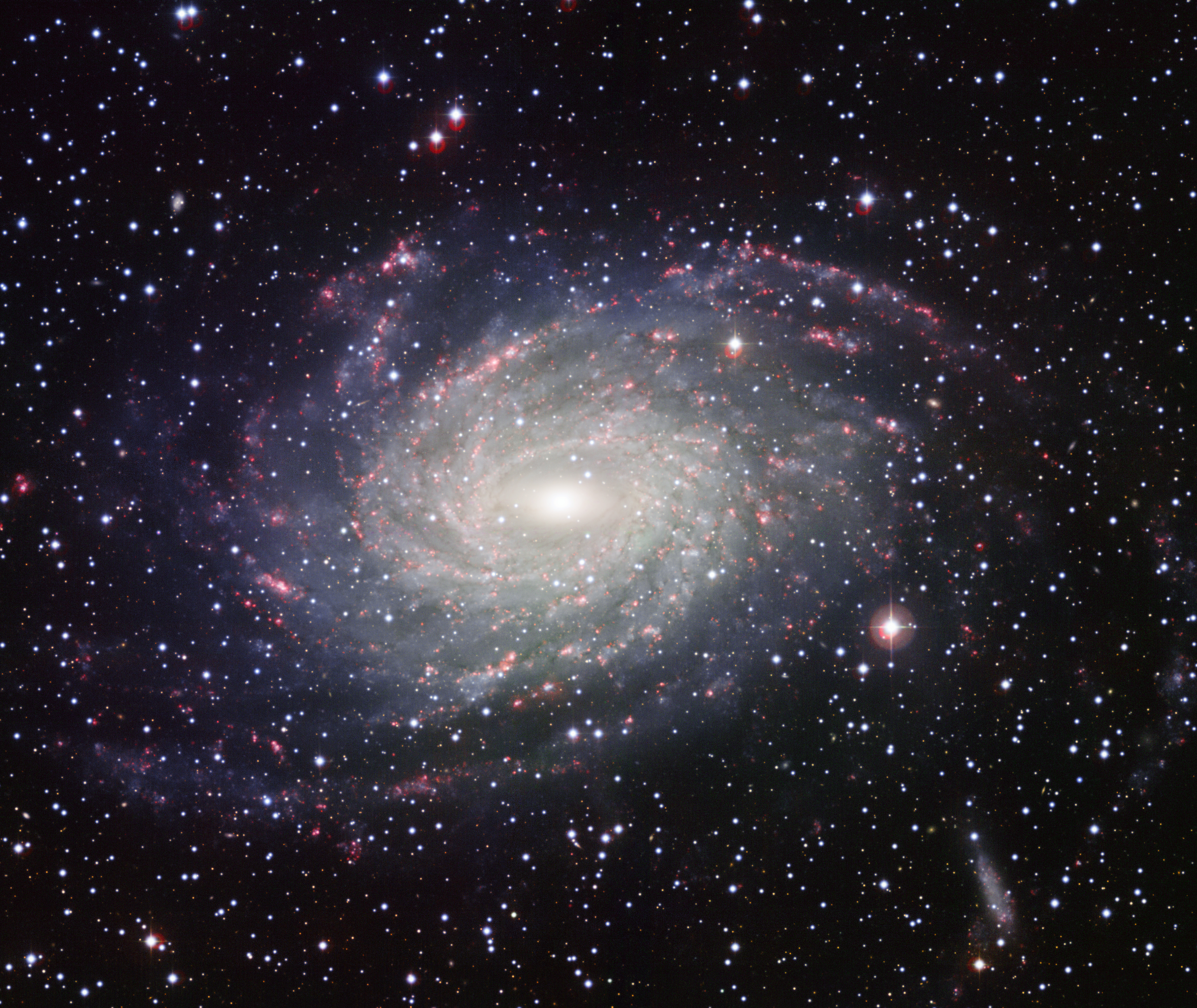 |
| CGI of how the Milky Way galaxy may appear from deep space |
Excerpt from thespacereporter.com
Analysis of data collected by NASA’s Kepler space telescope has led
researchers at the Australian National University and the Niels Bohr
Institute to conclude that Earth is only one of billions of potentially
life-sustaining planets in our galaxy.
In order for a planet to sustain life, it must orbit its star at just
the right distance to provide sufficient light and warmth to maintain
liquid water without too much radiation. This perfect orbital distance
is considered to be the habitable zone.
According to a Weather Channel
report, there are an average of two planets per star in the Milky Way
Galaxy orbiting within their habitable zones. That brings the total
number of planets with the potential for holding liquid water to 100
billion.
Scientists assume that water would be an essential ingredient for life to evolve on other planets, but it is not a certainty.
“If you have liquid water, then you should have better
conditions for life, we think,” said Steffen Jacobsen of Niels Bohr. “Of
course, we don’t know this yet. We can’t say for certain.”
To reach their conclusion, the researchers studied 151 planetary
systems and focused on those with four or more planets. They used a
concept called the Titus-Bode law to calculate where unseen planets
might be located in a system based on the placements of other planets
around the star. The Titus-Bode law suggested the existence of Uranus
before it was actually seen.
The data will require further analysis and the sky will require
further searching to yield a more accurate number of potentially
life-harboring planets.
“Some of these planets are so small the Kepler team will probably
have missed them in the first attempt because the signals we get are so
weak. They may be hidden in the noise,” Jacobsen said.
The initial analysis,
however, is extremely promising in the possibility of finding habitable
planets. “Our research indicates that there are a lot of planets in the
habitable zone and we know there are a lot of stars like the one we’re
looking at. We know that means we’re going to have many billions of
planets in the habitable zone,” said Jacobsen, who considers that “very
good news for the search for life.”
Source Article from http://feedproxy.google.com/~r/AscensionEarth2012/~3/nd2r8ejxXbE/new-research-shows-billions-of.html
New research shows billions of habitable planets exist in our galaxy
No comments:
Post a Comment